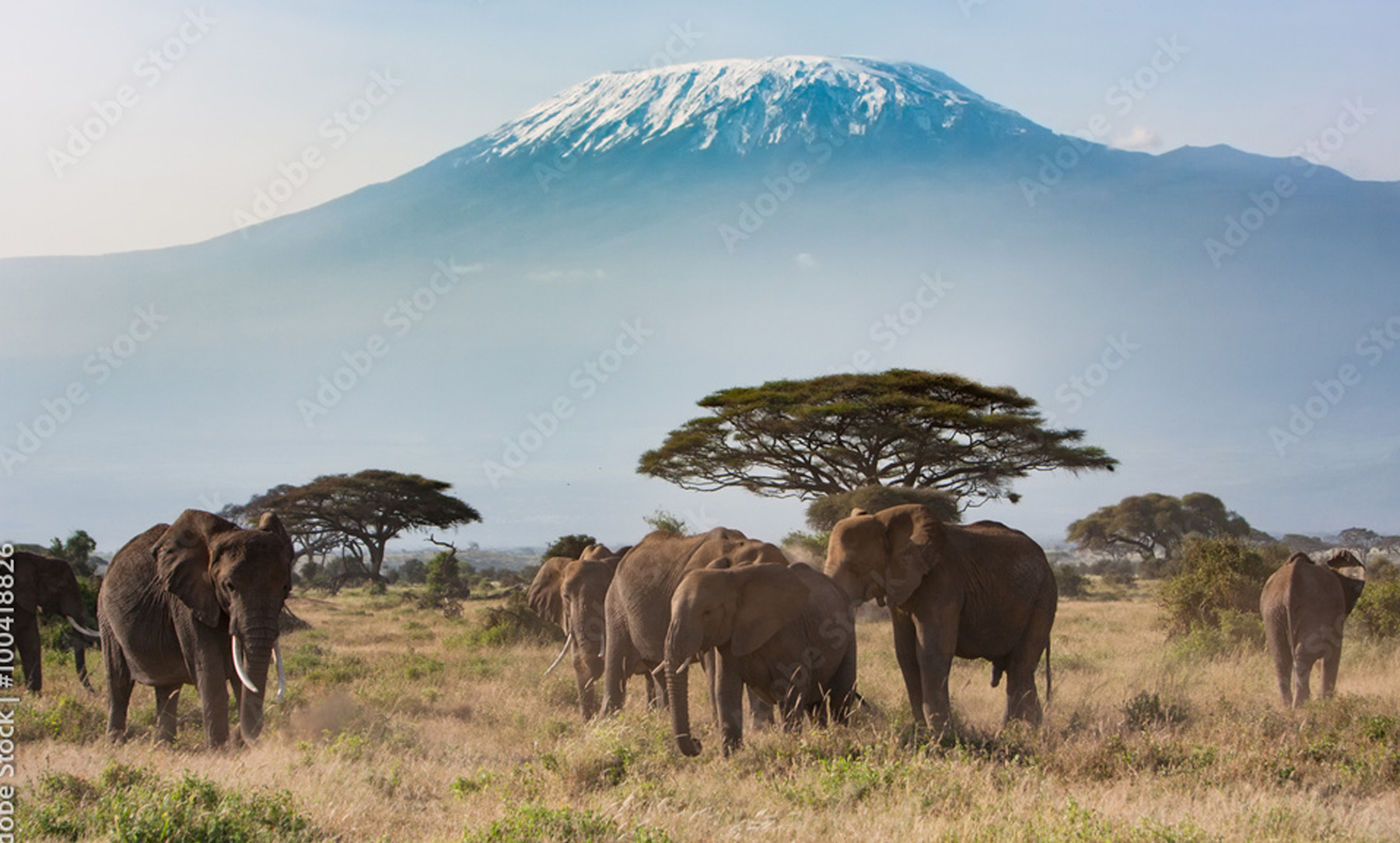
by Nomad Tanzania
Travelling to Tanzania
Talcum powder beaches, hazy lilac sunrises and the planet’s densest population of safari wildlife: Tanzania is one of the most beautiful countries in the world. It’s a truly incredible place to vacate to, whether you’re solo backpacking, embarking on a family safari adventure, or honeymooning on the Serengeti.
Packed with a friendly culture, tasty food, and a natural playground full of wildlife in their natural habitats, visitors can expect to experience an adventure that will be hard to forget. Photographs can never quite do it justice, and thousands of tourists travel there every year to experience it for themselves.
But if you’ve never been to Tanzania before, there are a few things you might want to consider that will help you prepare for your trip. Preparing for your adventure in Tanzania will enhance your experience and can help you optimise your time there, enabling you to soak up every minute! Everyone wants to avoid those travel hiccups, so nailing down the travel fundamentals is key! We go through a whistlestop tour of the Tanzanian travel basics: climate, useful things to know, and what to expect.
Tanzanian climates
The climate varies slightly depending on the Tanzanian region. Generally, visitors can expect higher levels of humidity and hotter temperatures around the coastline – whereas towards the centre it tends to be slightly cooler.
A climate calendar, for reference:
March - May: Rainy Season
May – October: Dry Season
November – March: Rainy Season
Although even in rainy seasons, tourists can expect the most popular tourist destinations to be relatively dry, and still quite warm. If you’re looking to go on a trip during the dry season, then try and avoid the rainy periods of the year – although some may enjoy travelling in the rainier seasons due to its refreshing and daily cooling qualities. The November – March rainy season tends to be slightly shorter, with sporadic rains which stop and dry as quickly as they hit due to the humidity.
If you’re looking to witness the Great Migration across the Serengeti then it’s best to go during June or July, although it’s never the exact same week every year making it tough to predict when to go. Visitors are lucky to catch sight of the spectacle. It’s a popular time to visit, so it’s advisable to book early.
On average, the daytime will be 70-90F (degrees Celsius) 21degrees C – 32 DC. – lowering to 10-15 degrees at night-time. And of course, Tanzania sees some cooler temperatures at higher altitudes. Hill hikers and mountaineers should prepare for cold temperatures; remember, Mt Kilimanjaro is snow-capped! Early morning risers should expect chillier mornings during early morning safari drives.
Flying to Tanzania
There are two international airports in Tanzania. The largest is Julius Nyerere International Airport (DAR), in Dar es Salaam. DAR has the best connective links to other African airports.
Coined as the ‘Gateway to Africa’s Wildlife Heritage’ the Kilimanjaro International Airport (JRO) is another airport that is often used by Safari goers as it links to the Tanzanian northern national parks – although it can also be accessed by a few European countries and some locations in the Middle East.
Those looking to travel to Zanzibar for the dry fine-sand beaches and tropical ocean paradise can fly over to Amani Karume International Airport. There are good connections to the Middle East from here, as well as other capital cities around Africa. There are some seasonal flights to and from Europe, too.
Getting around
Many tourists will travel to Tanzania for the wildlife and safari experience, so tourist travel systems are largely facilitated to accommodate this. Therefore, a popular option is to travel by plane to access rural camps. This is because it’s quicker, and plus it skips the uncomfortable and long journey travelled on land. That is, many roads are dirt tracks which often make for a rocky and tumultuous journey. Therefore, travelling anywhere outside of these tourist destinations on land can be slightly difficult.
Private charter air companies will often accommodate safari tourists, shuttling tourists to and from the safari camps.
Flora and Fauna
Experiencing the wildlife in Tanzania is breathtakingly surreal. It’s home to some of the most beautiful creatures on the planet. Elephants, wildebeest, gazelles, giraffes, crocodiles, and big cats galore to name but a few!
When in camp, tourists can expect a fully immersive experience, living as close to the natural African wildlife as possible. Watching giraffes wandering past giant baobabs and observing wild hippos in their muddy territories are just some of the everyday occurrences in the Tanzanian wild. Always travel with a guide on a safari – if you’ve never encountered these animals before, then it’s good to ensure that you’re staying in a protected accommodation with knowledgeable staff.
Vaccinations
If you haven’t already been vaccinated with the following, then it might be a good idea to get jabbed before you go.
- Tetanus
- Hepatitis A
- Diphtheria
- Rabies
- Typhoid
Usually, rabies and typhoid jabs are advised for those travelling to Tanzania for a prolonged period, but it might be something to speak to your GP about before travelling.
Good to know:
- Dialect: Swahili, Arabic, English
- International Dial: +255
- Visas: Tanzanian Visa
- Currency: Tanzanian Shillings (Tsh)
- Population: 41 million
- Tipping: Common
Tourists should also be wary of acts of terrorism happening in neighbouring countries. Depending on whereabouts you’re going in Tanzania, we’d advise you look up some travel advisories before departing your country.
Share:
Make enquiry


